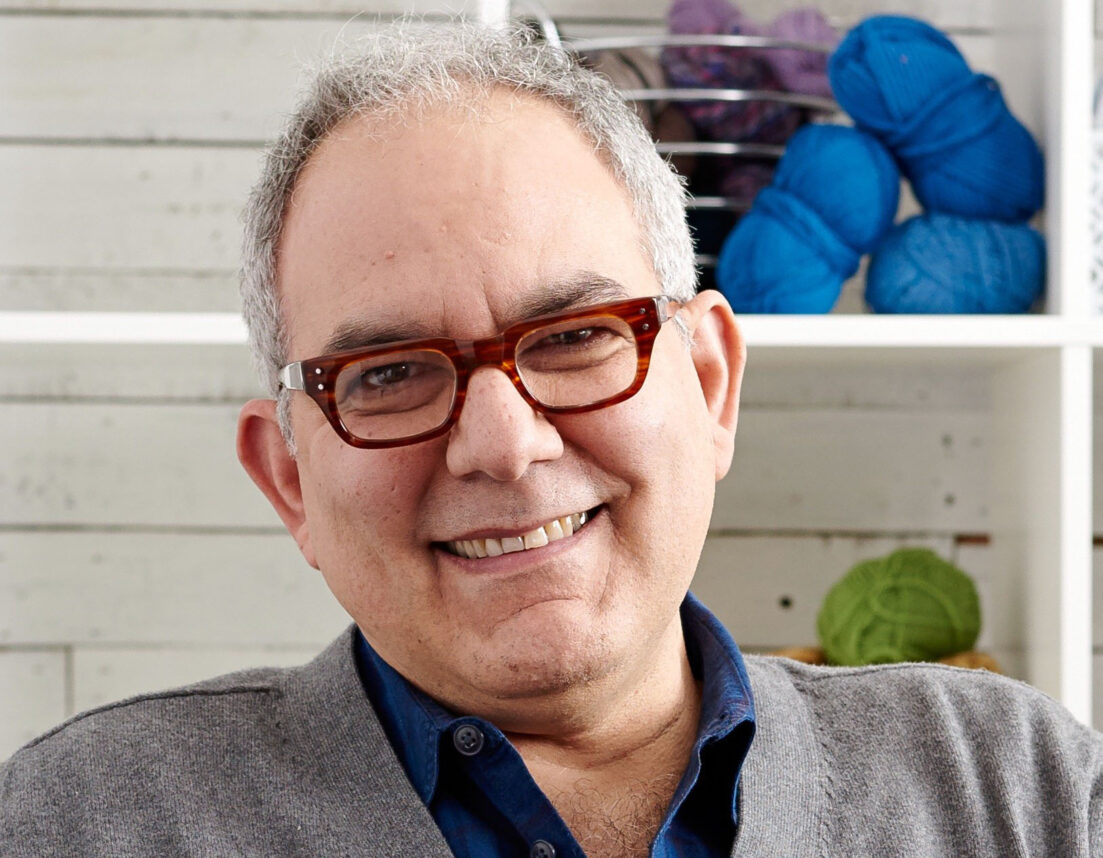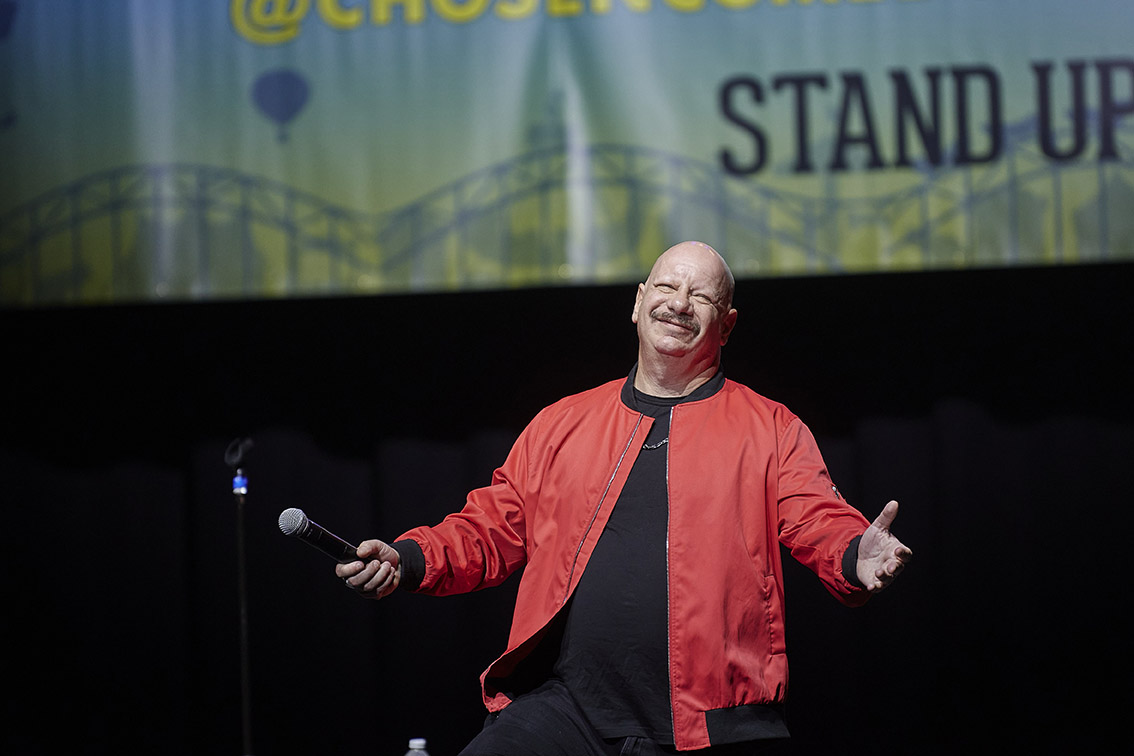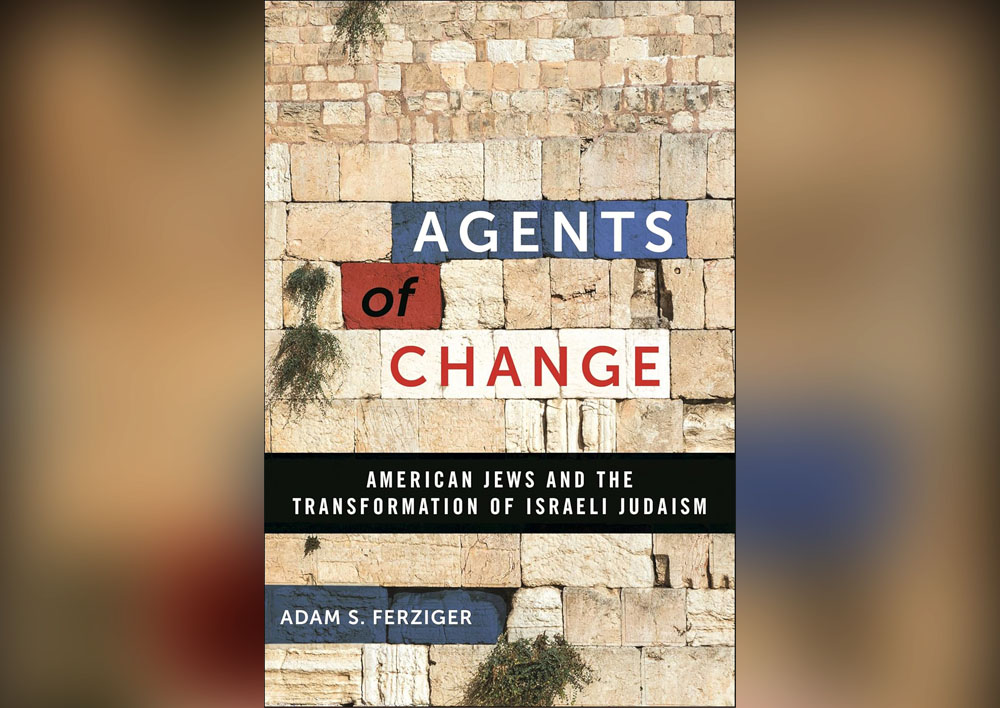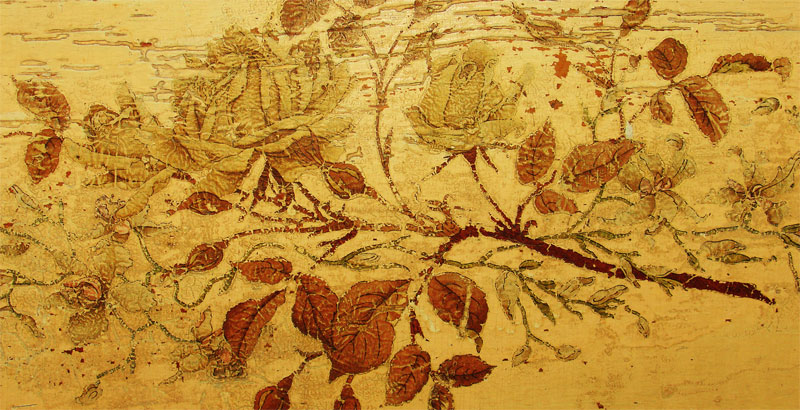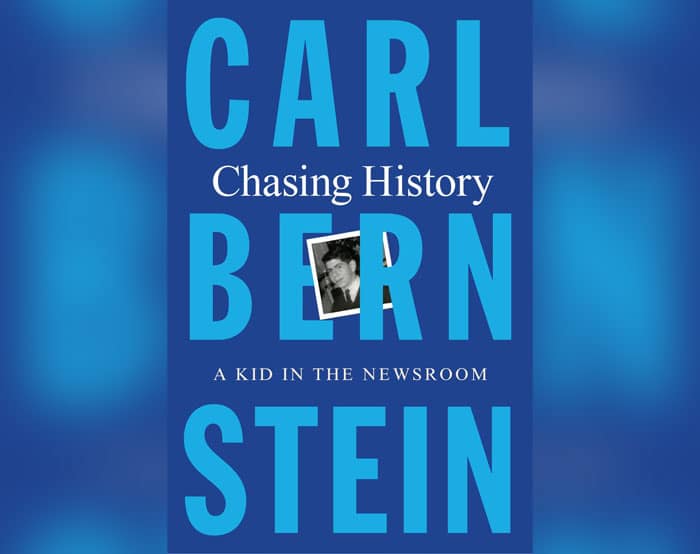
Carl Bernstein is best known for his role in breaking the story that would become President Richard Nixon’s Watergate scandal, but he doesn’t even mention Watergate in his newest memoir, “Chasing History: A Kid in the Newsroom.”
The book chronicles Bernstein’s journalism career only through age 21—for perspective, the Watergate break-in wouldn’t occur for another seven years. But the details from this era in Bernstein’s life are what forged his lifelong talents as one of the most prolific investigative reporters in American history.
“It’s the most formative part of my life,” Bernstein said.
Most of the book takes place during Bernstein’s tenure at the Washington Star, an evening newspaper in his hometown of Washington, D.C. He began as a copy boy in 1960—the year President John F. Kennedy was elected—and rose through the ranks as a reporter.
 “As the book indicates, this kid at the age of 16 gets the best seat in the country,” Bernstein said. “And as I say, everything I know about newspapering and being a reporter I learned there.”
“As the book indicates, this kid at the age of 16 gets the best seat in the country,” Bernstein said. “And as I say, everything I know about newspapering and being a reporter I learned there.”
Bernstein’s journalism journey began when he got a job interview with Rudy Kauffman, a production editor from one of the families that had owned the Washington Star since 1852. The day of the interview, as he walked with Kauffman through the building, Bernstein saw his future.
“In my whole life, I had never heard such glorious chaos or seen such purposeful commotion as I now beheld in that newsroom. By the time I had walked from one end to the other, I knew that I wanted to be a newspaperman.” – Carl Bernstein
“The door through which Rudy Kauffman now led me opened into another universe,” Bernstein wrote in the first chapter. “People were shouting, typewriters clattered and chinged. Beneath my feet, I could feel the rumble of the presses. In my whole life, I had never heard such glorious chaos or seen such purposeful commotion as I now beheld in that newsroom. By the time I had walked from one end to the other, I knew that I wanted to be a newspaperman.”
After several days of phone calls and waiting, Bernstein took a typing test that would get him a foot in the door. His outstanding typist skills earned him a job offer as a copyboy for $29 per week.
What ensues in “Chasing History” is an inspiring tale of ambition and passion for a life-long journalism career.
Bernstein takes the reader through the fascinating mechanics of the news business that, by today’s standards, seem unbearingly laborious without a computer or smartphone. There were piles of carbon paper, hours of dictation and hazardous conveyor belts.
But the aspect that remains as constant as it is today is Bernstein’s enthusiasm for reporting. He received several promotions, all before he turned 20. Even though Bernstein struggled to keep his grades up in his final two years of high school and at the University of Maryland, his real education during this time came from his coworkers at the Washington Star. Bernstein describes them as a “fabulous cast of characters,” particularly the editor, Sidney Epstein.
“I grew up in that newsroom, it was like a family,” Bernstein said of the experience.
As the Kennedy years evolve into the Johnson years in “Chasing History,” Bernstein walks the reader through the values he learned at the Washington Star: “get it first and get it right,” the “two-source rule” and “find the best obtainable version of the truth.” Although it shut down operations in 1981, Bernstein called the it “a great paper in the sense of journalistic responsibility.”
In “Chasing History,” Bernstein doesn’t bemoan the nature of journalism today with ideations of the past. He worked on the memoir for the past eight years with equal parts reflection, revisiting his thousands of columns (most of which he accessed from scrapbooks) and speaking with as many living coworkers from his days at the Washington Star.
While “Chasing History” is a journey through some of the biggest news in the nation’s capital over the course of four years, it is much more than that. It is a lesson in finding what fascinates you and pursuing a career filled with it. Even at 78, Bernstein is still hard at work in a field that he loves.
When asked about what stories he was most conflicted about including in or excluding from the book, he spoke about how he wanted to detail his time in the the Jewish youth group Aleph Zadik Aleph (AZA) in the B’nai Brith Youth Organization, but ultimately left it.
He told the Journal that he joined AZA as a high schooler because he thought that Jewish youth needed to be involved in the civil rights movement and that AZA could be an effective vector. This was sacrosanct for Bernstein, because his AZA region stretched from Maryland to D.C. to Virginia to North Carolina— where racial segregation was still very much alive. He was even elected Aleph Godol (President) of his entire region.
This moment was omitted from “Chasing History” because he already wrote about it in detail in his 1990 memoir, “Loyalties: A Son’s Memoir.” That book depicts the tribulations faced by his family as targets of McCarthyism in the 1950s.
Bernstein presents a well-written, contagious enthusiasm for storytelling and truth-seeking in “Chasing History.” It’s a Genesis story of one of the Michael Jordans of investigative journalism—the other being Bob Woodward. The memoir is a fascinating prequel to half of the entity eventually known as “Woodward and Bernstein.” This summer, it will mark 50 years since the break-in at the Watergate, and the two reporters are still tight to this day.
“We’re like siblings,” Bernstein said of his friendship with Woodward. “He’s called here today twice.”
Carl Bernstein will be in Los Angeles discussing “Chasing History: A Kid in the Newsroom” at Wilshire Boulevard Temple on Wednesday, April 13 at 8:00 pm. For tickets: https://livetalksla.org/events/carl-bernstein-with-josh-singer/












